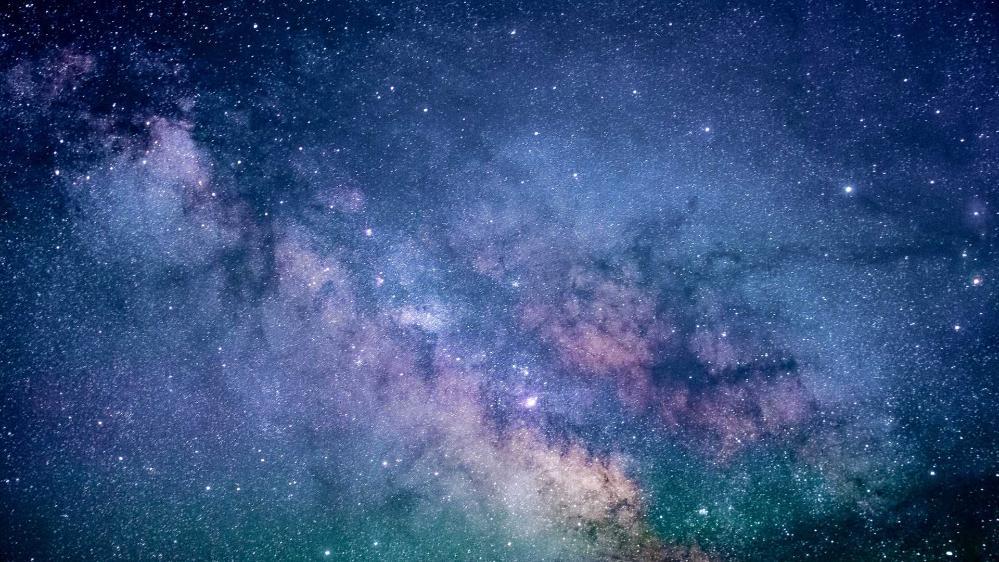The UOW Physics’ Space Radiation Capability builds on several years of research and development activities on space-related projects.
Contact us
To find out more about our programs please get in touch
The UOW Physics’ Space Radiation Capability builds on several years of research and development activities on space-related projects.
Close collaboration with major European and American research institutes and Space Agencies is central to these projects. The collaborations evolve through interactions involving the UOW Centre for Medical Radiation Physics and the ongoing pursuit of its goal of Excellence in design, simulation, fabrication and qualification of complex electronics and radiation detection systems for Space.
Stemming from this experience is also a targeted educational program that includes periodic seminars, a biennial workshop hosting the most knowledgeable experts from NASA and ESA but also short-courses and regular undergraduate and postgraduate (MRes and PhD) academic degrees related to Space Radiation Science.
The Centre for Medical Radiation Physics (CMRP), directed by Distinguished Professor Anatoly Rozenfeld , is an internationally recognised for the development of semiconductor radiation detectors used in dosimetry of ionizing radiation in mixed radiation field environments.
The CMRP is an active member of IEEE Nuclear Space Radiation Effects (NSREC) and the European RADiation EffECtS (RADECS) communities with strong expertise in testing of semiconductor devices at radiation accelerator facilities mimicking space radiation environment (e.g. NIRS, NSRL (BNL), LLUMC).
Associate Professor Marco Petasecca provides a commercial irradiation service for characterisation of the sensitivity of integrated circuits to Single Event Effects (SEU and SEL) using a tunable pulsed laser source which raster scan the surface of the device under test injecting a finely controlled energy pulse up to 30 nJ/pulse. A detailed table (see in the pictures folder) specifies all the parameters and their range of operation of the optical test bench.
The instrumentation has been developed within the National Space Qualification Network (https://www.nsqn.org/ ) funded by the Space Infrastructure Fund scheme.
The laser technique is particularly useful for debugging of instrumentation designed to qualify electronic components meant to be tested using accelerated particles such as protons and heavy ions.
The beam positioning, intensity and environmental parameters are controlled by dedicated data loggers and correlated with the output of the device under test for characterization of its radiation hardness in specific points of the circuit. The technique requires the physical decapsulation and exposure of the die of the integrated circuit. This service is arranged for the customer as part of services available within the NSQN.
Geant4 is a Monte Carlo Simulation Toolkit which calculates the energy deposition due to transport of radiation particles in matter. This tool is useful to simulate radiation doses for astronauts and spacecraft components in the space radiation environment for Earth orbits and deep space environments.
Australia’s Space industry is a fast-growing sector, developing services and equipment which will soon be deployed in Space to provide telecommunication, surveillance, telemetry and any other service which we still cannot imagine. CMRP is devoted to provide the educational background and scaffolding framework to develop the competences and the professionalism of the technicians, engineers, scientists and entrepreneurs of the future generations.
CMRP has designed an educational program that includes three levels of educational development
The Bachelor of Science (Nuclear and Space Radiation Technology) combines fundamental knowledge with experimental skills necessary for a successful career in both the nuclear radiation or space radiation employment sectors emerging in Australia.
Fundamental physics underpins innovation leading to applications in science, engineering and technology industries. A focus on radiation safety, as well as radiation effects on humans and electronics in Space or on Earth is central to this degree major.
Employment areas include
The major ideally positions graduates for a career in the expanding industry sector related to the Australian Space Agency as well as the ongoing nuclear science and engineering research and development at ANSTO (located 30 min away).
Periodic Seminars with scientists, high profile technical officers and industry developers from Australia and overseas.
Past events
A Biennial Workshop on Space Qualification is organised by CMRP. The workshop provides background and context on Space Qualification, consistent with that of a professional development short course. As such, the workshop is targeting a wide range of Space and Defence Industry-relevant professionals, including engineers, physicists, computing scientists, lawyers, commercial entrepreneurs, consultants and advisors.
The workshop is organised as part of the Mini, Micro and Nano Dosimetry conference host by CMRP biennially.
The first Space Qualification Workshop is proudly convened by the Centre for Medical Radiation Physics, March 22 – 23, University of Wollongong and Online (hybrid).
Register now